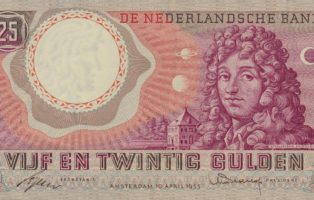Before the Two Cultures: How the Sciences and the Humanities Grew Apart.
When and how did the view emerge according to which the sciences and the humanities constitute two distinct groups of discipline – with their own methods, epistemologies, and professional identities for their practitioners? And to what extent does this history inform our own view of (academic) knowledge and its institutions today?
Project Description
Few beliefs about the nature of knowledge appear to be less problematic and more deeply ingrained than the assumption that a wide gulf divides the natural sciences and the humanities. The happy phrase “the two cultures,” invented by the British physical chemist and novelist C.P. Snow in the Cold War, has over the past decades assumed an a-historical ring. But like many other dichotomies that characterize modernity, this binary opposition is younger than we tend to think. Its emergence constituted one of the most fundamental transformations in the history of knowledge. I am currently writing a book-length study about it, which is contracted with Princeton University Press.
Selected Publications
Fabian Krämer (ed.), Forum: The Two Cultures Revisited: The Sciences and the Humanities in a Longue Durée Perspective, History of Humanities 3/1 (2018).
Fabian Krämer, Shifting Demarcations: An Introduction, History of Humanities 3/1 (2018): 5-14.
Fabian Krämer, Ein Zentaur in London: Lektüre und Beobachtung in der frühneuzeitlichen Naturforschung, Affalterbach: Didymos, 2014.

